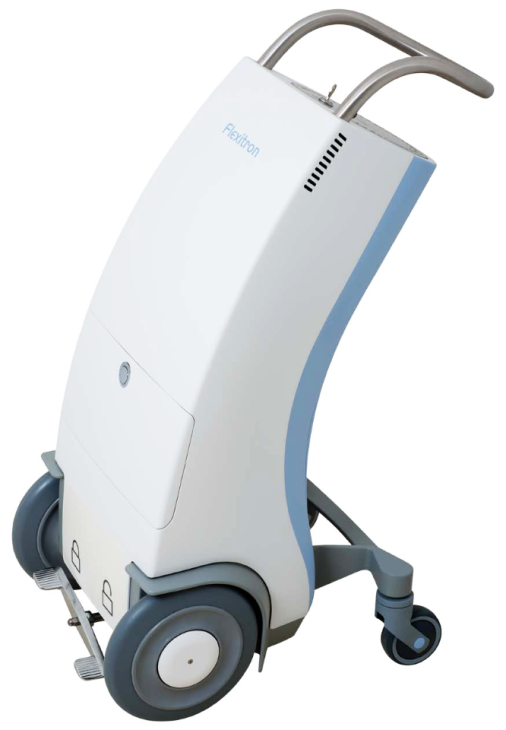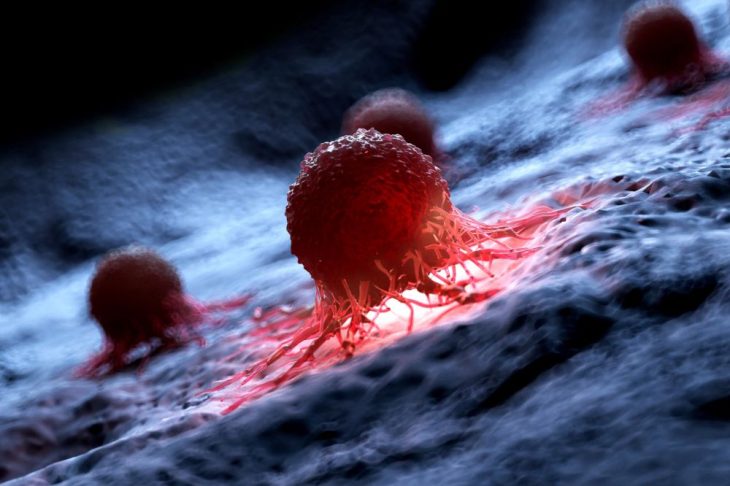
Brachytherapy: A Comprehensive Guide to Internal Radiation Therapy
Brachytherapy is an internal radiation therapy.
Brachytherapy is a local treatment that radiates only a part of your body.
Used in cancers of:
- Head and neck
- Breast, cervix
- Prostate
- Eye
A. Types of brachytherapy:
1. Intracavitary
2. Interstitial
3. Surface
- Intracavitary:
An applicator containing a radioactive source is placed inside the body, near the site of the tumour or post-operative site. Example: Radiation used in cervical cancer is intracavity brachytherapy after completing external beam therapy.
2. Interstitial
An applicator is placed in and close to a tumour through your vagina or perineum or breast.
Interstitial brachytherapy is used if:
- The tumour is big in size.
- The tumour has an irregular shape.
- The tumour involves complicated areas.
- The tumour cannot be reached using intracavitary applicators, or the applicators do not fit correctly.
Interstitial brachytherapy is a very specialized type of brachytherapy, and it is customized to each patient’s requirements.
3. Surface :
Surface brachytherapy delivers radiotherapy by mould which is made to fit to the external patient surface.
Mould brachytherapy is helpful in patients with skin cancer and early hard palate and soft palate cancers.
B. Long-term effects of brachytherapy
- Early menopause
- Bladder and bowel problems
- Pain
- Nerve damage
C. How is the brachytherapy given?
The doses used in brachytherapy depend on the type of tumour being treated, radioisotope, dose rate (LDR or HDR), number of treatments planned and timing.
Dose Rate:
Brachytherapy is defined by the rate at which the dose is given.
Four categories of brachytherapy dosage.
These include:
High-dose-rate (HDR) brachytherapy given at more than 12 Gray/hour, Pulsed dose rate (PDR) delivered @ 10-30 minute intervals at a rate of 0.5-1.0 Gray/hour,
The medium dose rate (MDR) 2-12 Gray/hour, and
low dose rate (LDR) is delivered at 0.4-2.0 Gray/hour.
Once the treatment is finished with LDR or HDR implants, the applicator will be removed.
What to expect:
- Medicine for pain before the catheter or applicator is removed.
- The area where the applicator was may be tender for a few months/days.
- There is no radiation in your body after the catheter or applicator is removed. It is safe for people to be near you, including children and pregnant women.
For 1 to 2 weeks, you may need to limit strenuous physical activities.
Ask the doctor what kinds of activities are safe and which ones you should avoid.


